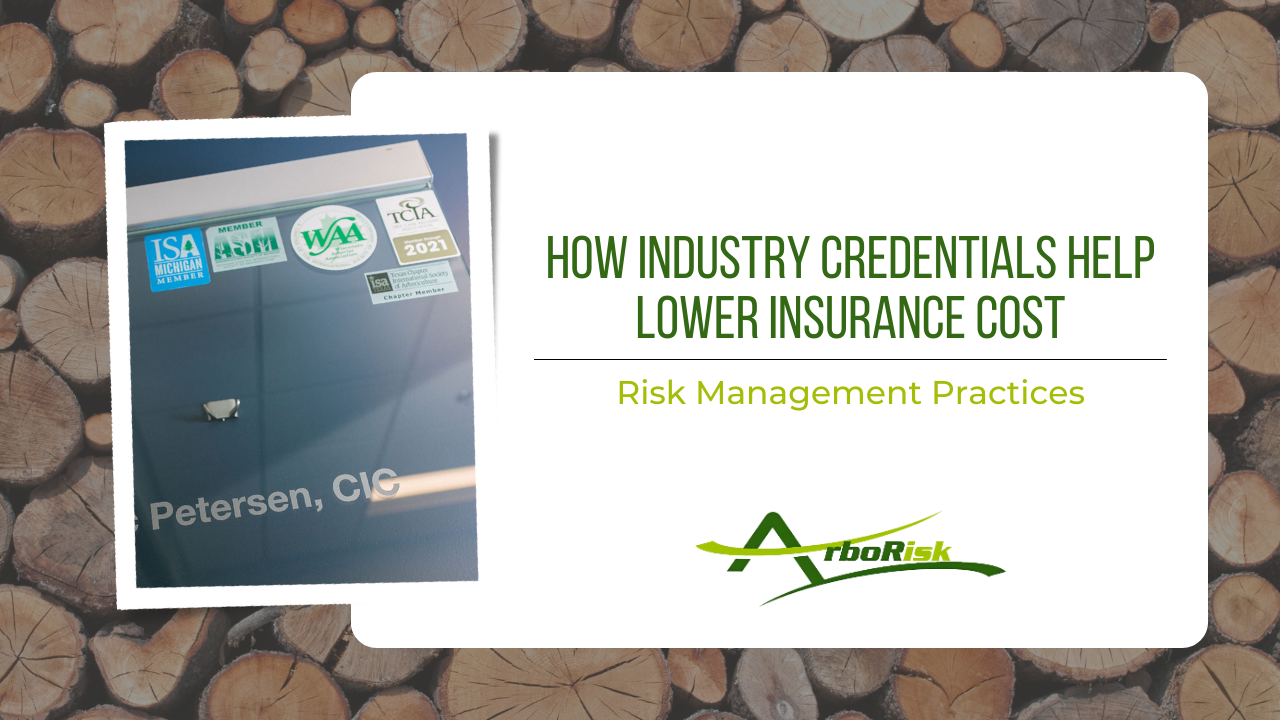Elements of a Fleet Safety Program
Elements of a Fleet Safety Program
Written by Eric Petersen, CIC
Most tree care companies address fleet safety within their overall written safety program, however, as I’ve seen the number and severity of auto accidents increase over the years, I always recommend to put the fleet safety items into their own document to draw attention to the importance of each item. So what goes into a Fleet Safety Program?
Here are some common elements of a Fleet Safety Program:
- Safety Rules: Clearly defined rules outlining the expectations, responsibilities, and guidelines for safe driving practices within the fleet including a distracted driving policy.
- Driver Selection and Record Monitoring: How will the tree care company select drivers and monitor their driving record. Developing a set of Motor Vehicle Guidelines to show what violations are acceptable and which ones are not is crucial to managing the drivers.
- Driver Training: Outline what training programs or topics will be delivered to your employees. Topics should cover defensive driving techniques, vehicle handling, and awareness of potential hazards on the road.
- Vehicle Use Policy: Who is allowed to drive your vehicles along with when and where? Develop rules to keep the vehicles your business owns operating for business work only. This is a large part of managing the risk that your vehicles bring to your company.
- Vehicle Maintenance: Insert or develop regular maintenance and inspection schedules to ensure that all fleet vehicles are in good working condition, including brakes, tires, lights, and other essential components.
- Telematics and Monitoring: If you are utilizing any telematics systems to monitor driver behavior, vehicle performance, and adherence to safety policies, you need to have a section in your Fleet Safety Program about this. This will outline what data is collected (it may involve tracking speed, harsh braking, or acceleration) and how it will be used.
- Incident Reporting and Investigation: Establish protocols for reporting accidents, near-misses, and other safety incidents. Prompt investigation of these incidents helps identify root causes and implement corrective measures.
- Communication and Engagement: Establish effective communication channels to disseminate safety-related information, updates, and reminders to drivers. Encouraging open dialogue and feedback from drivers helps improve the overall safety culture.
- Continuous Improvement: Every safety program should include a section on how to provide regular evaluation and a Fleet Safety Program is no different. Identify areas for potential improvement, incorporate new technologies and best practices, and adapt to changing safety regulations and industry standards.
When instituted properly, these elements will create a comprehensive fleet safety program that prioritizes driver safety, reduces accidents, and protects the well-being of both drivers and the public.
If you are struggling to create a Fleet Safety Program, reach out to a member of the ArboRisk team today or sign up for our Thrive Safety Package here.



Recent Comments